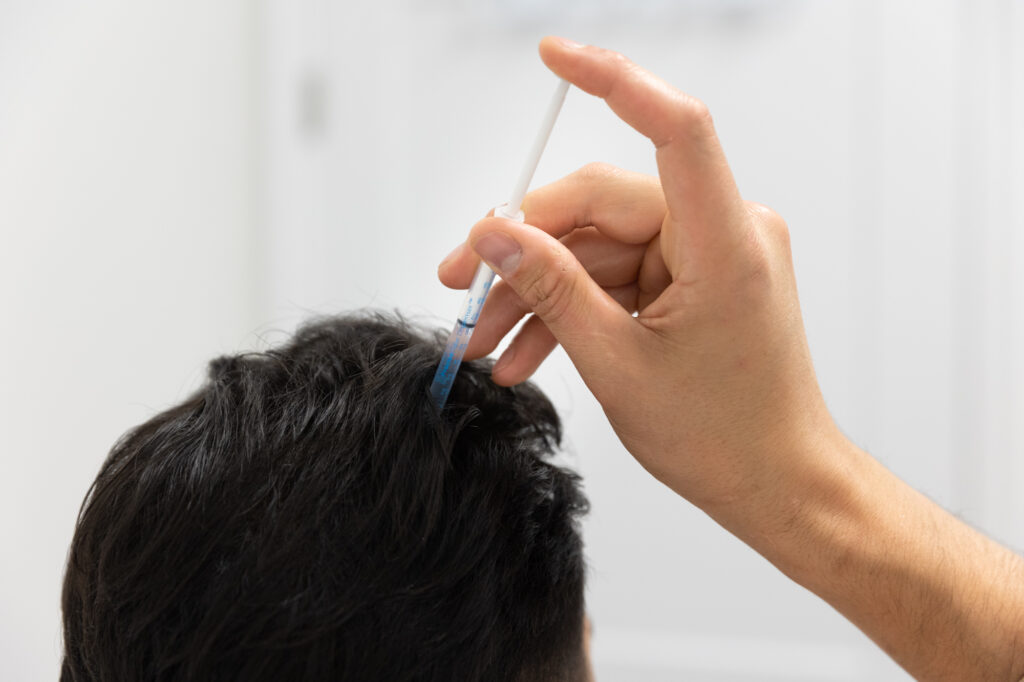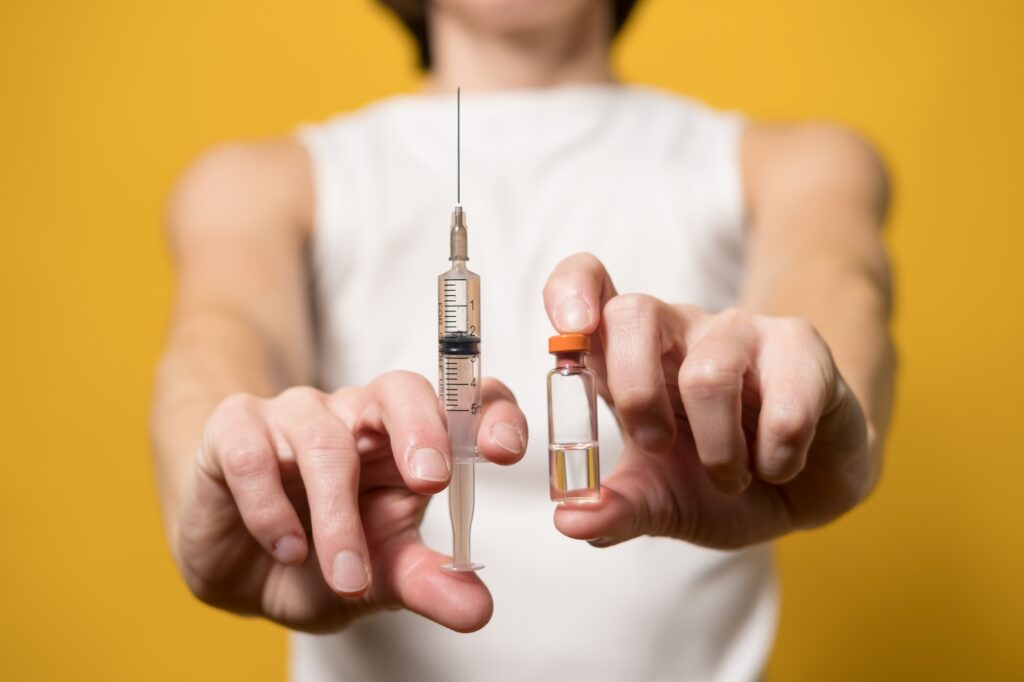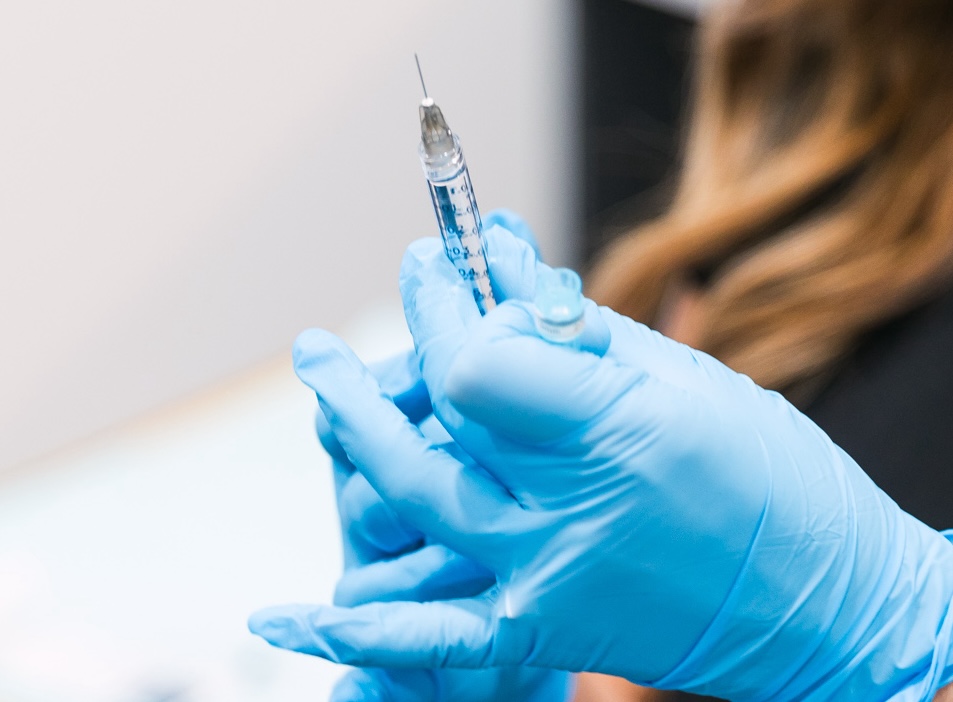
Hair loss has traditionally been thought to be a condition that predominantly affected men. While American men do represent the largest part of the population experiencing hair loss, according to the American Hair Loss Association, women make up 40% of it. For both men and women, hair loss can have a significant impact on their self-confidence. It can affect every aspect of their lives and cause them to search for a solution. Over the counter supplements typically leave those experiencing hair loss frustrated by the ineffectiveness of these products. There are surgical hair transplant options. Unfortunately, these can be invasive, painful, and extremely expensive, requiring a longer recovery period than non-surgical hair restoration. However, hair restoration treatments can be a good choice for those individuals that would prefer a non-surgical hair restoration option.
What to Expect
You will complete a consultation with your physician or medical esthetician. If it is determined that you are a good candidate for non-surgical hair restoration, they will draw a small amount of blood. The number of injections and treatments will vary depending on your specific condition.
A topical anesthetic is used to ease any discomfort.It will stimulate the stem cells of hair follicles to promote growth over the first few weeks following treatment. Two to six treatments are typically necessary, with results becoming visible in a month or two. You may experience mild swelling and redness afterward. Non-surgical hair restoration typically requires no downtime and minimal discomfort.
Other Hair Restoration Treatments
First of all, it is completely organic, as it comes from your own body. This eliminates the risk of allergic reactions which can happen with other non-surgical treatments. These include minoxidil, commonly known as Rogaine and finasteride, commonly known as Propecia. Minoxidil may cause dryness and itching on the scalp and finasteride can possibly cause sexual dysfunction in men. Hair restoration treatments don’t pose these risks.
There are also surgical options known as hair transplants such as FUT (Follicular Unit Transplant) and FUE (Follicular Unit Extraction).
FUT involves taking a strip of skin containing healthy hair follicles, typically from the back of the head. Tiny holes are made where the hair is to be transplanted. The harvested follicles are separated and transplanted into those tiny holes. This type of surgery can last many hours and will inevitably result in a horizontal scar across the back of the head. The incision will be visible while healing and will require the same care as the transplanted area.
With FUE, individual hair follicles are harvested rather than taking an entire strip from the back of the head. While this reduces downtime and post-surgery wound care, the surgery time is increased. There have been recent advancements with FUE to make it less invasive, however, it is still a surgical procedure.
Hair restoration allows you to avoid the potential side effects associated with other non-surgical treatments and skip the possible risks and scarring associated with surgical procedures.
Non-surgical Hair Restoration at Vive
The emotional impact of hair loss for both men and women is real and can be severe. However, those individuals often end up living with hair loss rather than endure the pain and risk associated with surgery. Non-surgical hair restoration can be the perfect solution. Vive Aesthetics and Wellness is proud to offer hair restoration treatments. Schedule a consultation to find out if it’s the right hair loss solution for you.


